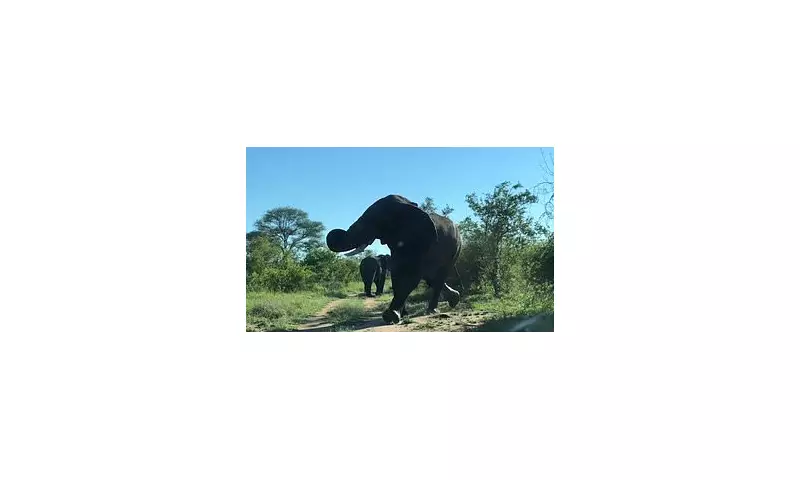
The Deadly Price of the Perfect Safari Selfie
A disturbing new trend is emerging across Africa's wildlife reserves, where the pursuit of social media fame is turning dream safaris into fatal nightmares. Tourism operators and conservation experts are reporting a sharp increase in tourist fatalities directly linked to reckless behaviour driven by Instagram and AI-curated content.
When Algorithms Meet Wildlife
The problem has escalated dramatically with the rise of artificial intelligence in social media platforms. AI algorithms are increasingly promoting extreme and dangerous safari content to maximise engagement, creating what experts describe as a "perfect storm" of risk-taking behaviour.
"We're seeing tourists attempting increasingly dangerous stunts to replicate what they've seen trending on their feeds," explains Dr. Sarah Jenkins, a wildlife tourism safety researcher. "The AI doesn't distinguish between safe wildlife viewing and life-threatening behaviour - it simply promotes what gets clicks."
The Statistics Tell a Chilling Story
Recent data from safari operators across Kenya, Tanzania, and South Africa reveals:
- A 35% increase in serious incidents involving tourists and wildlife in the past two years
- Multiple fatalities directly linked to attempts to take close-range photographs
- Growing instances of tourists leaving safety vehicles against explicit guide instructions
- Emergency evacuations becoming more frequent in remote safari locations
Social Media's Dangerous Influence
The phenomenon isn't limited to any single demographic. From young influencers to middle-aged tourists, the drive to capture "unique" content is overriding basic safety protocols. Safari guides report encountering visitors who seem more concerned with their social media metrics than their personal safety.
"I've had clients ask me to drive closer to elephants or lions because they saw someone else do it online," says veteran guide Michael Otieno from Kenya's Maasai Mara. "They don't understand that many of those viral videos are either staged or show incredibly reckless behaviour."
Industry Response and Safety Measures
Tour operators are implementing stricter safety protocols, including:
- Mandatory safety briefings that specifically address social media behaviour
- Increased guide-to-tourist ratios in high-risk areas
- Technology-free zones in particularly dangerous locations
- Partnerships with social media platforms to flag dangerous content
However, the challenge remains significant. As one operator noted, "We can't confiscate phones, and we can't compete with the allure of going viral."
The Human Cost Behind the Hashtags
Beyond the tragic loss of life, these incidents have devastating ripple effects. Local communities dependent on tourism suffer when accidents occur, and conservation efforts are compromised when wildlife is provoked or becomes accustomed to human interaction.
Wildlife experts warn that habituated animals often must be euthanised if they become dangerous to humans, creating conservation setbacks that extend far beyond individual tragedies.
Moving Forward: Responsible Tourism in the Digital Age
The industry faces a critical juncture in balancing the demand for immersive experiences with fundamental safety requirements. Education campaigns, better regulation of safari content on social platforms, and increased guide training are all part of the proposed solution.
As Dr. Jenkins concludes, "We need to redefine what makes a safari experience memorable. Right now, we're measuring it in likes and shares rather than genuine connection with nature - and the cost is becoming unacceptably high."





